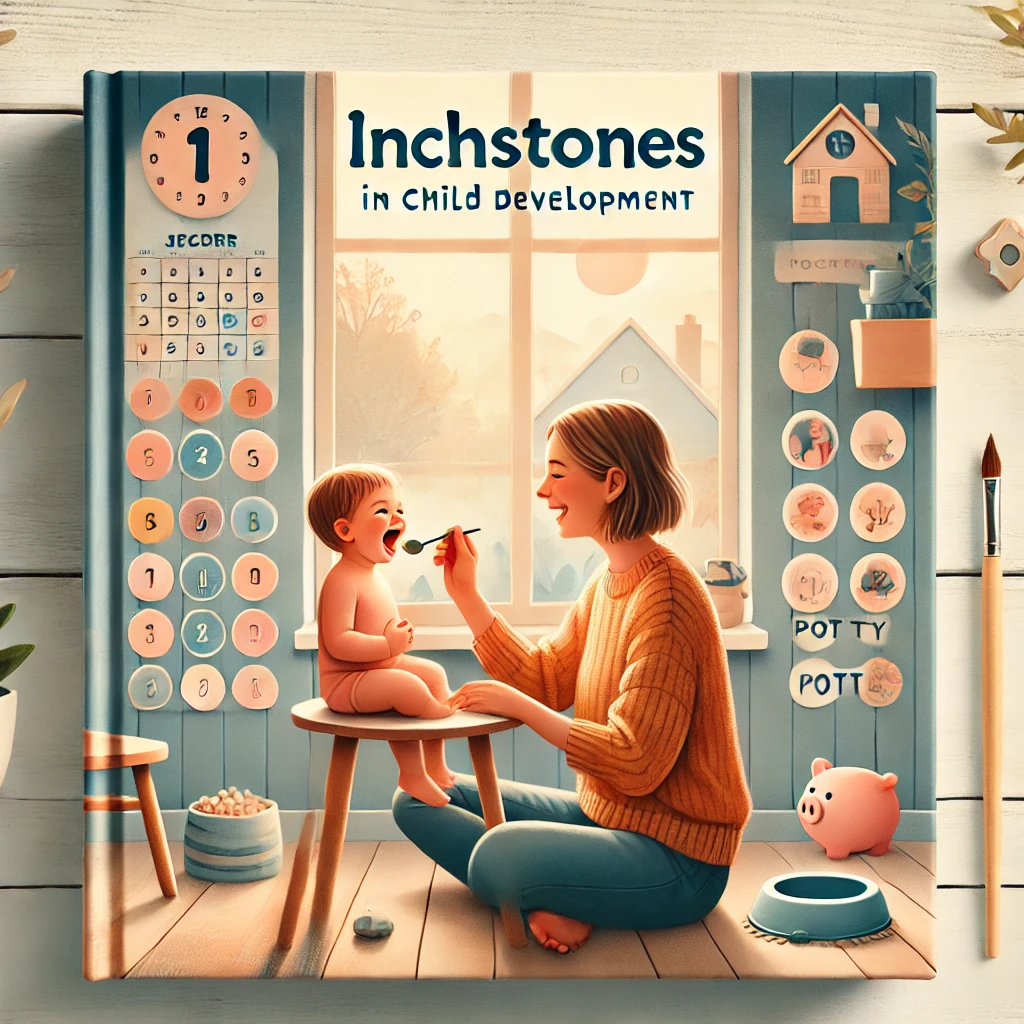
In a world saturated with advertisements and the constant lure of new products, teaching children the value of mindful consumption is more crucial than ever. As parents, we play a pivotal role in shaping our children’s attitudes towards buying and owning things. By instilling responsible buying habits early, we can help them avoid the pitfalls of clutter blindness, prevent sentimental clutter from taking over their lives, and promote a more sustainable and fulfilling lifestyle.
In this article, we’ll explore practical strategies for encouraging mindful consumption in children and offer parenting tips to help prevent clutter and encourage a more intentional approach to buying and owning items.
The Power of Mindful Consumption
Mindful consumption is about making thoughtful choices when purchasing and using goods. It encourages individuals, including children, to consider their possessions’ long-term value and impact rather than indulging in impulsive buying. In today’s consumer-driven society, it’s easy for children to develop clutter blindness. In this phenomenon, they become desensitized to the amount of stuff they own, accumulating unnecessary items. This sentimental clutter, where items are kept for emotional reasons rather than practicality, can contribute to a chaotic and overwhelming environment.
By teaching your children the importance of buying less, you can empower them to develop healthier relationships with material possessions and avoid clutter-related stress. Let’s explore some effective strategies for promoting mindful consumption among children.
1. Lead by Example: Demonstrating Mindful Consumption
Children are keen observers, and they often mirror their parents’ behaviors. If you wish to instill the value of mindful consumption in your children, it’s essential to practice what you preach.
How to Lead by Example:
- Evaluate Your Habits: Begin by assessing your consumption patterns. Are you prone to impulse buying? Do you hold onto items out of guilt or sentiment? Show your children how you make conscious decisions to purchase only what you truly need.
- Declutter Together: Regularly engage in decluttering activities as a family. This helps manage household clutter and demonstrates the importance of letting go of unnecessary items.
2. Educate on the Impact of Overconsumption
Understanding the broader implications of overconsumption can be a powerful motivator for children to adopt mindful consumption habits. Educate them on how buying more than necessary affects their personal space and the environment.
Tips for Educating Children:
- Discuss Environmental Impact: Explain how overproduction of goods leads to resource depletion and environmental harm. Use real-world examples, such as the effects of plastic waste, to illustrate these concepts.
- Introduce the Concept of Needs vs. Wants: Help your children differentiate between their needs and wants. Discuss whether a new toy or gadget is a necessity or a desire before asking for one.
3. Involve Children in Decision-Making
Involving children in purchasing can instill a sense of responsibility and encourage them to think critically about their choices.
Strategies to Involve Children:
- Shopping Lists: Before going shopping, create a list of items you intend to buy and stick to it. Allow your children to help with the list, which teaches them the value of planning and sticking to essentials.
- Research Purchases Together: When your child expresses interest in a new item, research it together. Discuss its quality, durability, and whether it aligns with their needs. This process helps them understand the importance of informed decision-making.
4. Encourage Thoughtful Gift-Giving and Receiving
Gift-giving occasions can be tricky when it comes to mindful consumption. However, with some creativity, you can turn these events into opportunities to reinforce responsible buying.
Thoughtful Gift Ideas:
- Experiences Over Objects: Encourage giving experiences, such as a day out or a class, instead of physical items. Experiences create lasting memories without adding to the clutter.
- Charity Gifts: Teach your children about the joy of giving by donating to charity in someone’s name instead of buying a physical gift. This also highlights the importance of helping others and not just acquiring things.
5. Practice Sentimental Clutter Prevention
Sentimental clutter can be challenging to manage, especially for children who may attach emotional value to almost everything they own. It’s crucial to help them understand that memories are not tied to objects.
Managing Sentimental Clutter:
- Memory Boxes: Create a small box for your child to keep exceptional items. This limits the amount of sentimental clutter while still honoring their emotional attachments.
- Digital Memories: Encourage taking photos of sentimental items before letting them go. This way, the memory is preserved without the need for physical storage.
6. Limit Exposure to Advertising
Advertising plays a significant role in influencing children’s purchasing desires. Limiting their exposure can reduce the impulse to buy unnecessary items.
How to Limit Advertising Influence:
- Screen Time Control: Monitor and limit your children’s screen time, particularly on platforms where ads are prevalent.
- Teach Media Literacy: Discuss with your children how advertisements are designed to make people want things they don’t necessarily need. Teach them to view ads critically and recognize when they are being targeted.
7. Develop Appreciation for What They Have
One key aspect of mindful consumption is appreciating what you already own. Teaching your children to value their possessions can reduce the urge to acquire more.
Building Appreciation:
- Gratitude Practices: Incorporate gratitude practices into your daily routine, such as discussing what you’re thankful for each day. This can help children focus on the positives without seeking new items.
- Care for Belongings: Show your children how to care for their possessions well. This will extend the life of their items and instill respect for their belongings.
8. Set Boundaries on Toy and Item Purchases
Establishing boundaries can help manage the influx of new items into your home and teach children to prioritize quality over quantity.
Boundaries and Limits:
- One In, One Out Rule: Implement a rule where an old one must be given away for every new item brought into the home. This keeps the clutter in check and encourages children to consider their purchases carefully.
- Special Occasion Purchases: Limit toy and item purchases to special occasions like birthdays or holidays. This sets clear expectations and reduces the frequency of new acquisitions.
9. Develop Hobbies That Don’t Involve Buying
Hobbies that require minimal material consumption can provide an alternative outlet for creativity and fun, reducing the focus on acquiring new items.
Non-Materialistic Hobbies:
- Outdoor Activities: Encourage outdoor play, sports, and nature exploration, which require minimal material goods.
- Creative Arts: Encourage hobbies like drawing, writing, or music, which focus on creating rather than consuming.
10. Teach Financial Literacy Early
Understanding the value of money is closely tied to mindful consumption. Teaching children financial literacy from a young age can help them make better purchasing decisions.
Financial Literacy Tips:
- Allowance Management: Give your children a small allowance and guide them in budgeting and saving for what they truly want.
- Saving Goals: Encourage them to set saving goals for larger purchases. This teaches patience and the importance of prioritizing needs over wants.
11. Emphasize the Importance of Donating
Donating unused items can be a powerful lesson in empathy and the value of sharing with others.
Donation Practices:
- Regular Donation Drives: Make it a habit to go through belongings periodically and select items to donate. Explain to your children how their unused items can benefit those in need.
- Visit Donation Centers: Take your children with you to donation centers so they can see firsthand where their items are going and who might benefit from them.
12. Reward Mindful Consumption
Positive reinforcement can be a great way to encourage mindful behavior. Reward your children when they make thoughtful decisions about buying or donating items.
Reward Ideas:
- Experience-Based Rewards: Instead of rewarding with more items, offer experiences like a trip to the park, a special outing, or extra playtime.
- Praise and Acknowledgment: Simply acknowledging their thoughtful behavior with praise can reinforce the habit of mindful consumption.
Building a Mindful Consumer for Life
Teaching your children the importance of buying less and embracing mindful consumption is a gift that will serve them throughout their lives. By implementing these parenting tips and strategies, you can help your children develop responsible buying habits, prevent clutter, and lead more intentional and fulfilling lives.
Remember, mindful consumption isn’t about deprivation; it’s about making conscious choices that enhance well-being and promote a deeper appreciation for what we truly need and love. By guiding your children toward this mindset, you are setting the stage for a lifetime of responsible consumption and clutter prevention.









